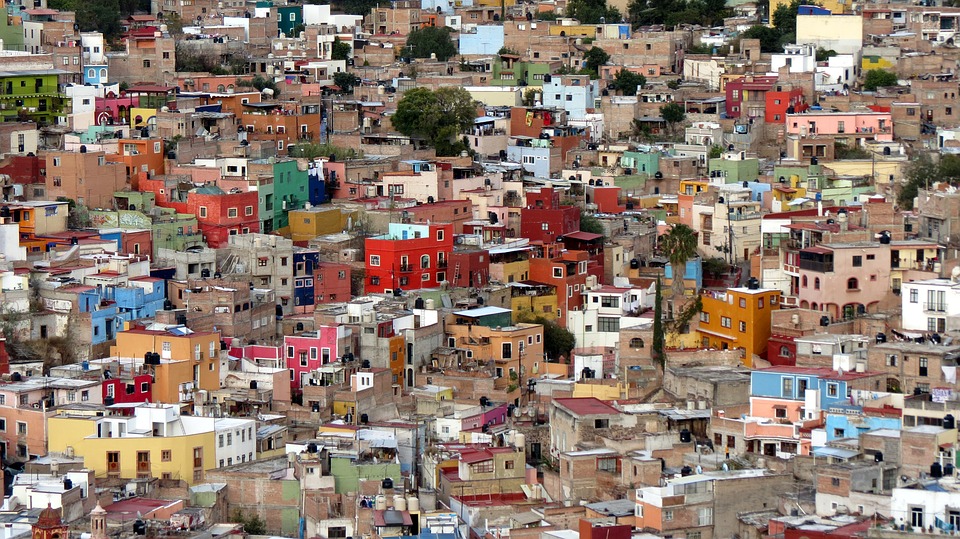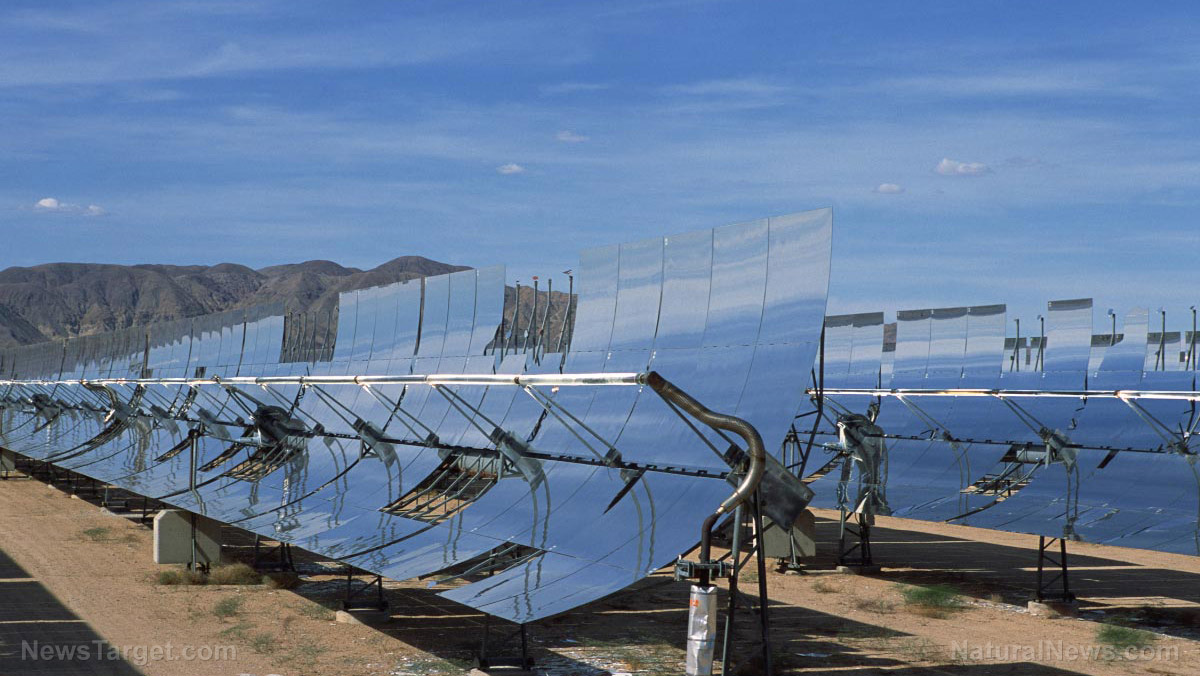
The lost elevation is irreversible, leaving the region vulnerable to plenty of disasters. For one, subsidence makes the metro more prone to heavy flooding, which, in turn, can cause water shortages since floods can pollute the groundwater. Subsidence in the metro also fractures the ground, which previously damaged buildings, historical sites, sewers, and gas and water lines. This fracturing can also open up the earth to contaminated surface water, which can further restrict access to potable water.
"The stage is set for a dual water and subsidence crisis if no drastic water management actions are implemented," the researchers concluded in their paper.
What is land subsidence?
According to the U.S. Geological Survey, land subsidence occurs when large amounts of groundwater are withdrawn from certain types of rocks, such as fine-grained sediments. Rocks compact because groundwater is partly responsible for holding the ground up. When sufficient amounts of groundwater is withdrawn, rocks fall in on itself, causing the ground to sink. Land subsidence affects more than 17,000 square miles in the U.S., or roughly the size of New Hampshire and Vermont combined. More than 80 percent of these sank due to the exploitation of groundwater, as well as the increased development of land and water resources. California experiences the greatest losses in elevation among 45 states affected by land subsidence. In the San Joaquin Valley, some areas sank by as much as 28 feet since record-keeping began. Water pumping is intensive in the region, which is one of the most productive agricultural lands in the country. Over time, over-pumping dramatically reduced groundwater levels, drying out the aquifer system and causing it to compact. Visit Environ.news to learn more about how human activities like intensive agriculture damage the environment. Sources include:By Lance D Johnson // Share
Water shortage on Colorado River poses severe challenge for Arizona farmers
By Mary Villareal // Share
Study finds pesticides kill bees even below recommended doses
By Mary Villareal // Share
Top 8 houses to consider for your off-grid hideout
By Divina Ramirez // Share
Study: The sun may have more to do with global warming than carbon dioxide
By Mary Villareal // Share
Food supply 101: 6 Prepper recipes to try before SHTF
By Divina Ramirez // Share
The childhood crisis: How modern life is wiring kids for anxiety
By willowt // Share
Minnesota's abortion data gap: A troubling omission
By bellecarter // Share
Russia condemns U.S. intervention in Venezuela, backs new interim leader
By bellecarter // Share
U.K. prepares post-Brexit reset bill allowing automatic alignment with EU rules
By lauraharris // Share











